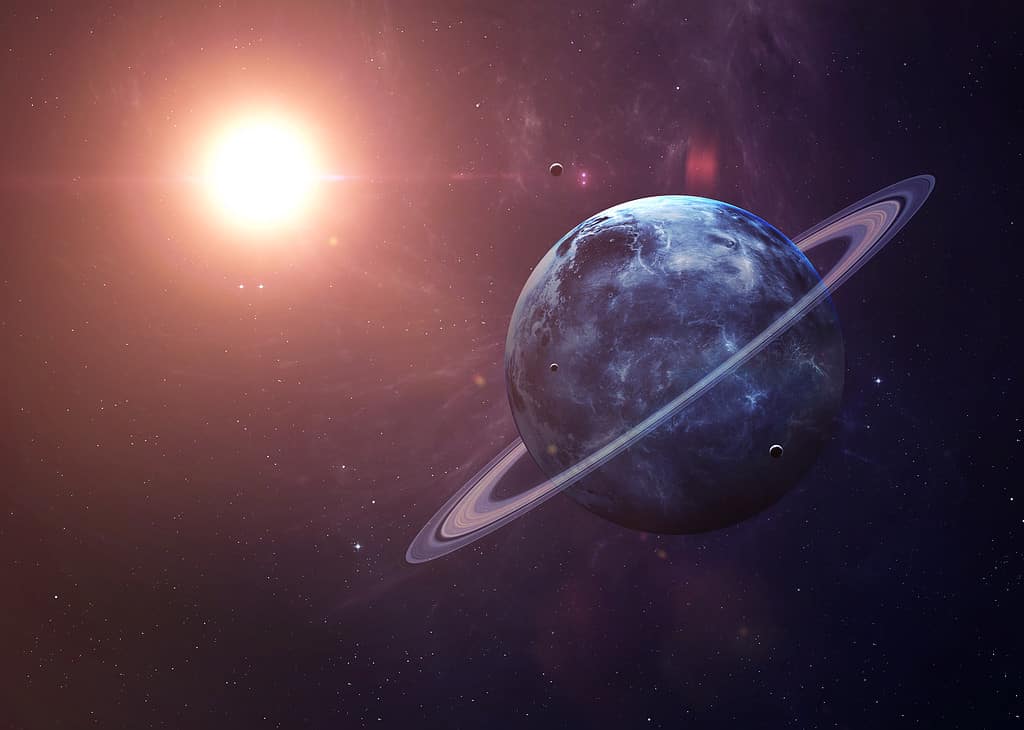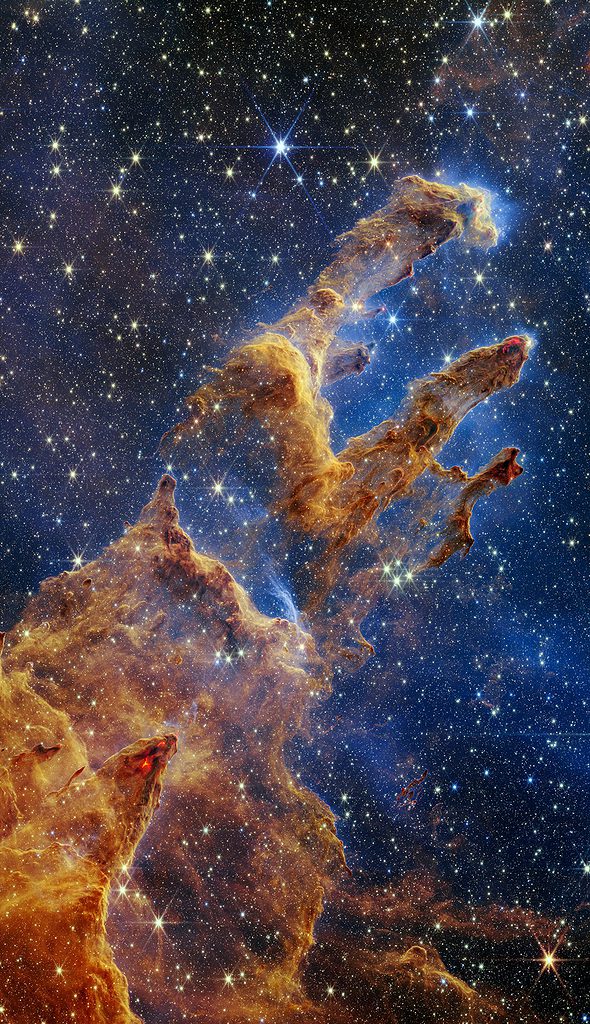Despite how locals may feel, Alaska or Minnesota is not the coldest place in the Universe. Not even Antarctica holds that title. In Vostok, Antarctica, the coldest temperature ever registered on our planet was 128.6 degrees Fahrenheit.
You’ll have to get much further from the sun than little old Earth to reach the coldest place in the Universe. The cosmos is immense and challenging to understand; it has no center, is constantly expanding, and most of all, humans have barely begun exploration.
According to media accounts, the absence of energy-absorbing substances makes space very cold, and more frigid than planets, moons, or even asteroids. Researchers have found a region that is more freezing than outer space. The coldest place in the universe is within the cosmos.
Introducing the Boomerang Nebula

NASA’s cameras are able to show us details into the universe that were never before known.
©iStock.com/forplayday
The Boomerang Nebula is the universe’s coldest phenomenon we currently know of and is a juvenile planetary nebula. One of the strange places in the universe is the Boomerang Nebula. It was discovered to be the coldest location in the Universe in 1995 by astronomers Sahai and Nyman using the 50-foot Swedish ESO Submillimeter Telescope in Chile.
It is barely a single degree higher than absolute zero, with a chilling temperature of -457.6F. After spotting it with a sizable ground-based telescope in Australia in 1980, Keith Taylor and Mike Scarrott gave it the name Boomerang Nebula.
The astronomers were only able to observe a little irregularity in the nebula’s lobes, which suggested that it had a curve similar to a boomerang, as they were incapable to see the tiny details which only Hubble can show.
The central star of the Boomerang Nebula has shed approximately one and a half times the mass of our Sun during the past 1,500 years through an ejection mechanism known as a bipolar outflow. The nebula’s symmetrical structure as observed through ground-based telescopes gave rise to its name.
What is a Nebula?

There are over 20,000 nebulas just in the Milky Way Galaxy.
©Blueee77/Shutterstock.com
In space, a nebula is a huge cloud of gas and dust. Gas and dust that are released during an eruption from a dead star we know as a Supernova causes the creation of some nebulae.
There are other nebulae that are star-forming regions. Star nurseries is another name for some nebulae.
Why Is It So Cold?
The only location that is known to be cooler than the illumination from the Big Bang is the Boomerang Nebula. After studying the Boomerang Nebula, Dr. Sahai and his colleague, Dr. Nyman, came to the conclusion that it was accumulating radiation from the surroundings.
The star sheds its outermost layers when it runs out of fuel due to turbulence at its core. Star wind, a flow of charged particles, pushes this material outward, frequently forming a circular, puffy shape.
Despite not having the rounded shape of a normal planetary nebula, the Boomerang Nebula has been rapidly ejecting massive quantities of cosmic matter for around 1,500 years.
And for this reason, the Boomerang Nebula is the universe’s coldest region. As mass is ejected from the nebula and thrust outward and quickly expanded, the boomerang nebula cools down until it is significantly colder than the radiation that remains after the Big Bang.
The photo featured at the top of this post is © iStock.com/buradaki
Thank you for reading! Have some feedback for us? Contact the AZ Animals editorial team.







